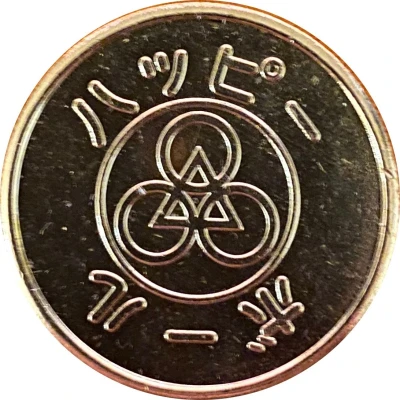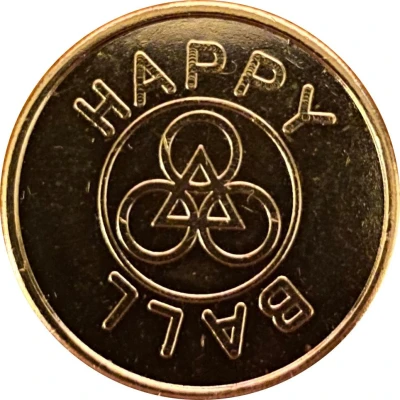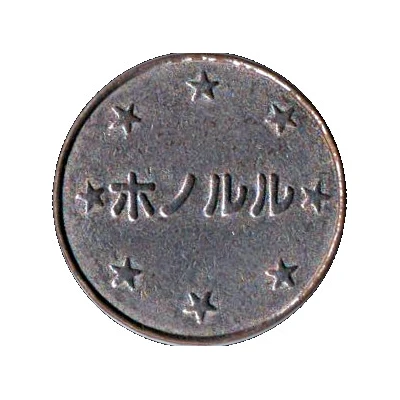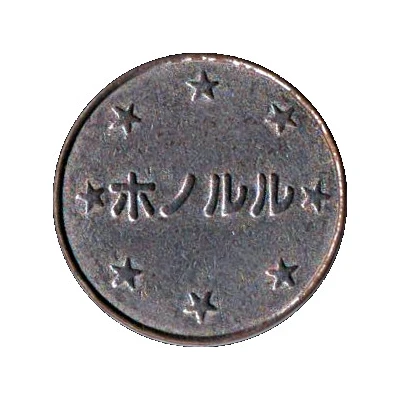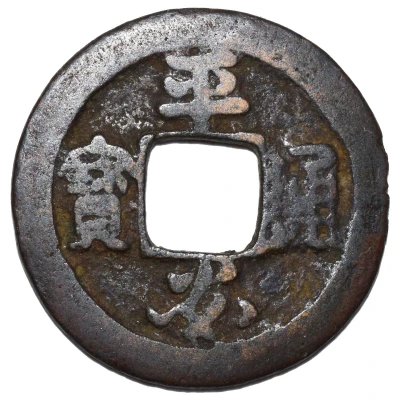


© Fred Cherrygarden
Token - Heian Tsūhō ND
| Copper | 2.37 g | 23 mm |
| Location | Japan |
|---|---|
| Type | › Tokens |
| Composition | Copper |
| Weight | 2.37 g |
| Diameter | 23 mm |
| Thickness | 0.5 mm |
| Shape | Round with a square hole |
| Updated | 2024-11-13 |
| Numista | N#239816 |
|---|---|
| Rarity index | 94% |
Reverse
Blank.
Edge
Plain
Comment
Often considered a mysterious oddity in Japanese numismatics, it is unknown when and where this coin was issued. Nine specimens have been excavated from Buddhist temples in the Tōhoku region dating to the early 17th century, which suggests that it may have originated in the area during the first half of the Edo period. While the rim has three variations, most known specimens are consistent in the script style.Although there was a period of the same name from 794 to 1185, there was no such imperial era as Heian (平安) in the Edo period. It was once considered to be an Annam cash, but this theory has been contradicted, as the tin-copper alloy ratio is closer to that of the coins minted in southern China. Another theory is that it was either a Nagasaki trade cash or the coin issued in Ogura by the Hosokawa clan between 1624 and 1628, which is mentioned in some historical documents but has not been identified.
It is widely believed to have circulated as a coin for some time initially, although it was later used as token of sorts. According to Senpan (銭範), a book by Kawamura Hizumi published in 1793, Heian Tsūhō was a popular lucky charm for pregnant women around this time.
https://ja.wikipedia.org/wiki/%E5%B9%B3%E5%AE%89%E9%80%9A%E5%AE%9D
http://sirakawa.b.la9.jp/Coin/S092.htm
